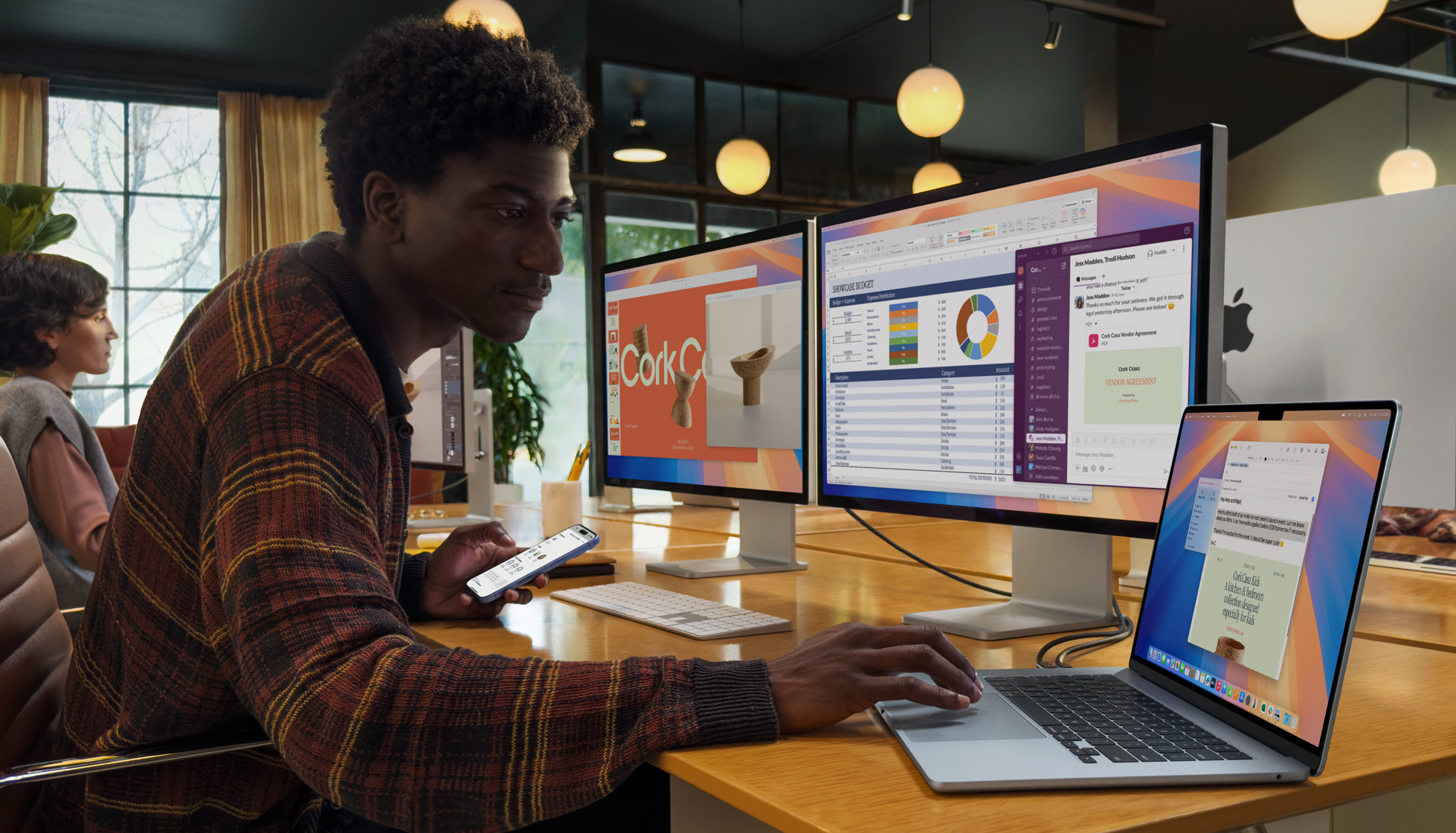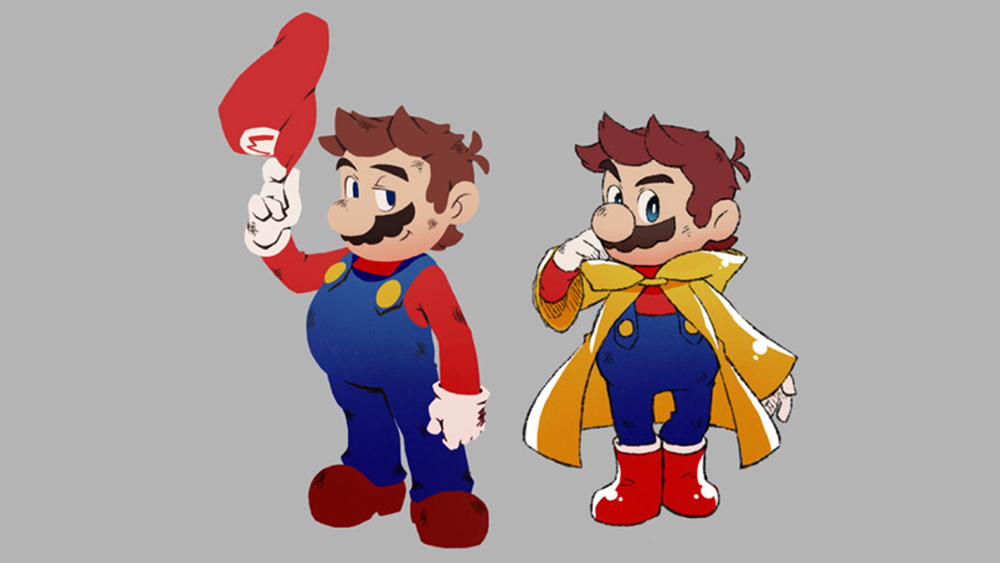
Released for Nintendo Switch last month, Mario & Luigi: Brothership, the sixth installment in the Mario & Luigi series, has generally been well received by fans. The role-playing game innovates in terms of animation and mechanics but sits comfortably in the Mario canon in terms of our favourite hero plumber's look. But that could have been very different.
When the developer Acquire first began exploring character designs for the game, it wanted to do something entirely new. That included making Mario and Luigi looked 'edgier' and more 'rugged'. In the end, Nintendo reined the developer in because it was concerned that altering the iconic characters too much would alienate fans (also see everything we know about the Nintendo Switch 2)
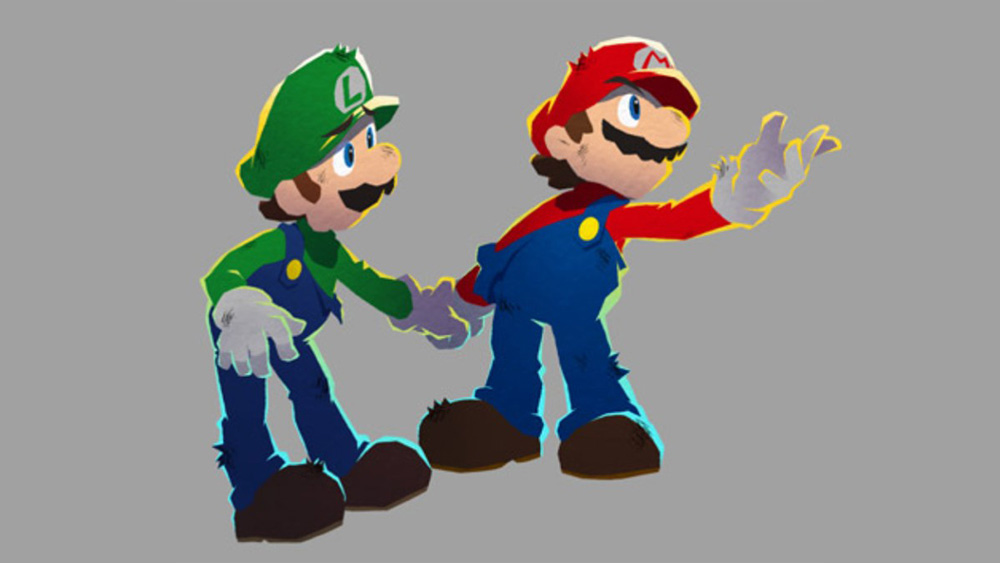
In Nintendo's latest Ask the Developer interview,Acquire Corp designer Hitomi Furuta said: "Our challenge was to develop 3D visuals that would bring out the unique appeal of the Mario & Luigi series and differentiate it from other Mario games. I'm ashamed to say it, but we weren't conscious of that when development started, which led to us making a huge detour. And in our search for a new Mario & Luigi style, at one point we ended up trying to present an edgier, more rugged Mario instead."
Early character explorations for this edgier look show a grittier Mario and Luigi with stubble and dirt on their faces. Producer Akira Otani said the radical new look caused Nintendo to call a meeting to reassess the direction. "It's like we'd unleashed Acquire into the wild...only to go chasing after them again," he says, adding: "While we wanted Acquire to have their own unique style, we also wanted them to preserve what defines Mario. I think it was a period when we were experimenting with how those two things could coexist."
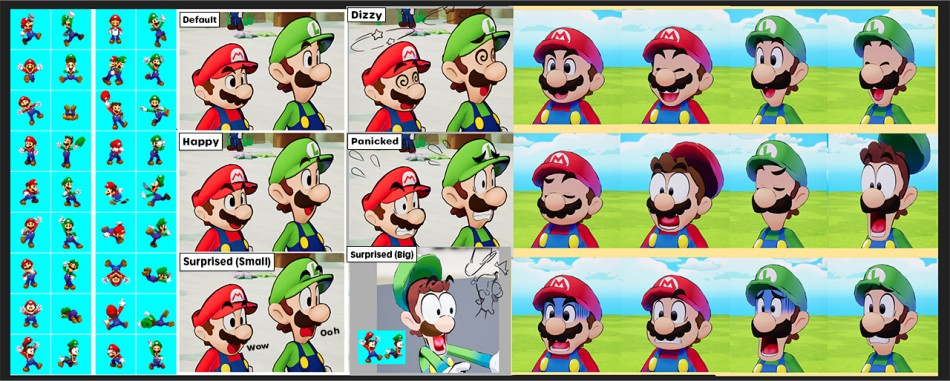
I think Nintendo's decision was probably wise. While some fans would have been intrigued to see a new interpretation of the iconic characters, the a wrecked-looking Mario may have been too much of a departure for many, and it might not have resonated with long-standing Mario fans who grew up with the characters.
Acquire director Haruyuki Ohashi noted that Acquire had hardly ever created games with other companies' characters, so it didn’t have an established process. "That was truly a challenge we faced as we kicked off the development of this game. That said, we were able to course correct at the beginning of development by communicating...."
"On the artwork side, we struggled with how to embody the characteristics of Mario and Luigi in illustrations, and how to match the expressiveness of the original pixel graphics with 3D models," Hitomi adds. "It's technically difficult to apply styles that were made possible with pixels to 3D, and we made a lot of challenging requests to the character modelling and 3D motion teams. Also, we were set on incorporating drawn outlines, which is one of the characteristics of the series' artwork."
Get the Creative Bloq Newsletter
Daily design news, reviews, how-tos and more, as picked by the editors.
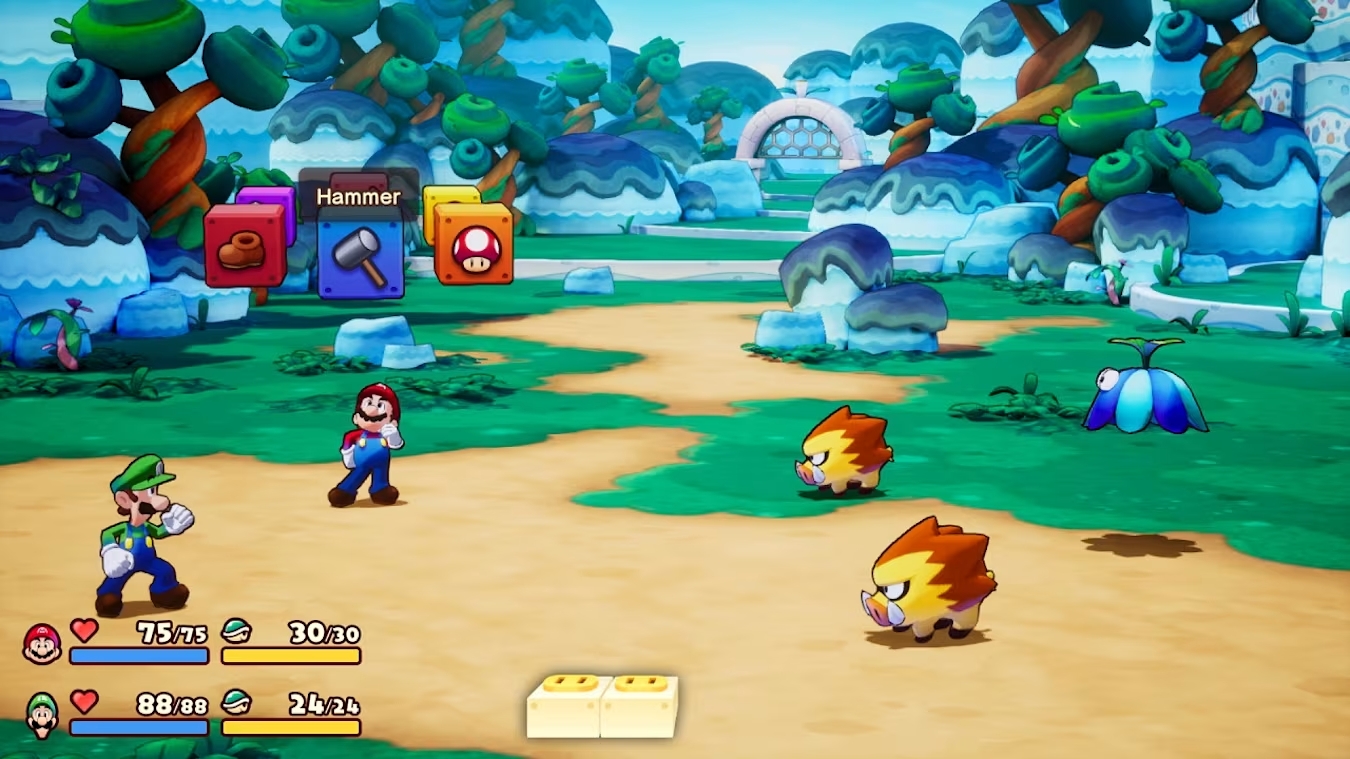
In the end, Acquire created a style of animation that's unique to this game but one that also stays faithful to the Mario & Luigi series. They say they used Super Mario Odyssey (8) as a reference, studying the feel of the controls closely. The result is the best of both worlds, preserving Mario's recognisable aesthetic for a visual consistency with other games while expanding in terms of animation and hardware capabilities, ultimately balancing innovation and nostalgia.
See links below to buy the game. If you don't have a console to play on, see our roundup for the best Nintendo Switch deals.

Thank you for reading 5 articles this month* Join now for unlimited access
Enjoy your first month for just £1 / $1 / €1
*Read 5 free articles per month without a subscription

Join now for unlimited access
Try first month for just £1 / $1 / €1

Joe is a regular freelance journalist and editor at Creative Bloq. He writes news, features and buying guides and keeps track of the best equipment and software for creatives, from video editing programs to monitors and accessories. A veteran news writer and photographer, he now works as a project manager at the London and Buenos Aires-based design, production and branding agency Hermana Creatives. There he manages a team of designers, photographers and video editors who specialise in producing visual content and design assets for the hospitality sector. He also dances Argentine tango.
